Environmental Stewardship
Environmental Stewardship
Savannah River National Laboratory applies its unique expertise and applied technology capabilities to assist Department of Energy sites across the nation in meeting cleanup requirements. SRNL has deployed over 1,000 technologies for protecting and cleaning the environment. Our work spans the fields of soil and water cleanup; hazardous material stabilization, processing and disposal; and facility disposition in support of the Savannah River Site, the DOE and customers around the world.
SRNL’s environmental scientists and engineers have decades of experience identifying and characterizing a wide variety of hazardous and radioactive contaminants in man-made, enclosed and open environments. Bringing together a wide range of scientific and engineering disciplines, they develop and deploy remediation strategies and technologies. Using extensive knowledge of environmental processes, our scientists also develop strategies and technologies to meet regulatory requirements. This has led to the development and maintenance of some of the most extensive environmental databases available to solve national environmental issues.
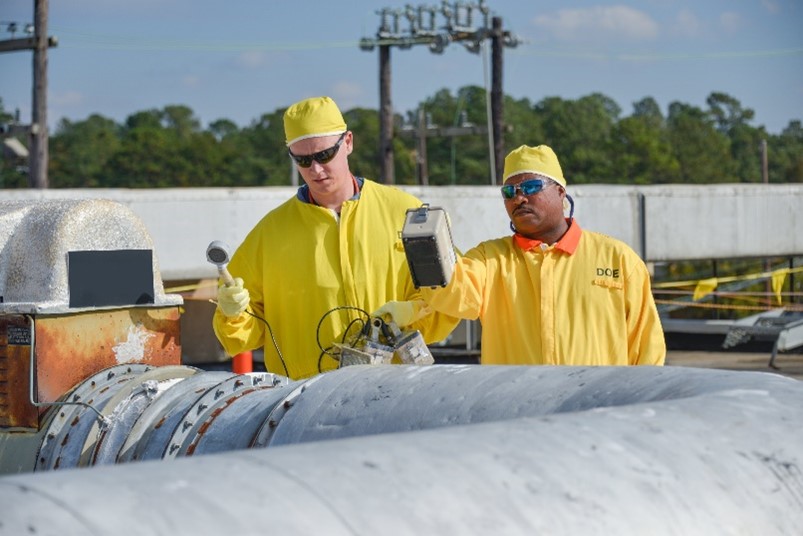
While many DOE National Laboratories have made important contributions to the Environmental Stewardship cleanup program, SRNL has been consistently engaged in the Environmental Stewardship program since its inception. SRNL has provided technology development and innovation for every aspect of the cleanup program at the Savannah River Site (SRS). In addition, as DOE’s EM National Laboratory, SRNL has worked at each of EM’s 17 active cleanup sites, as well as many sites that have transitioned to Legacy Management. SRNL has considerable experience working with DOE, regulators, and contractors to bring science, technology, and project execution together to reduce cost, shorten cleanup schedules, and minimize risk to the environment. In the past five years alone, scientific and technical contributions from SRNL have resulted in life-cycle savings to the Environmental Stewardship program of well over $10B.
Innovations in Environmental Stewardship
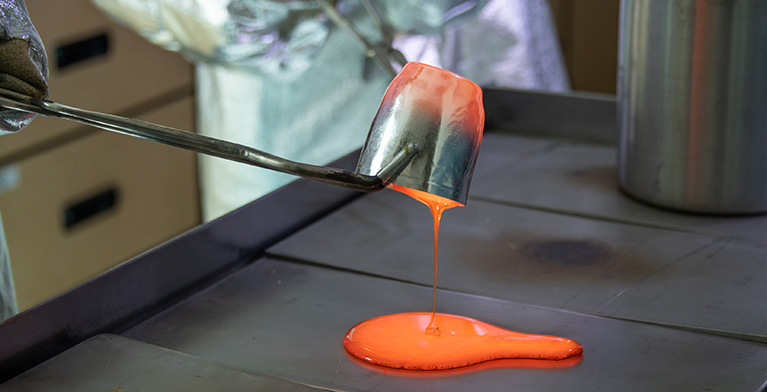
SRNL designs, develops and tests processes, flow sheets, and equipment to support excess nuclear material storage, processing and transportation.
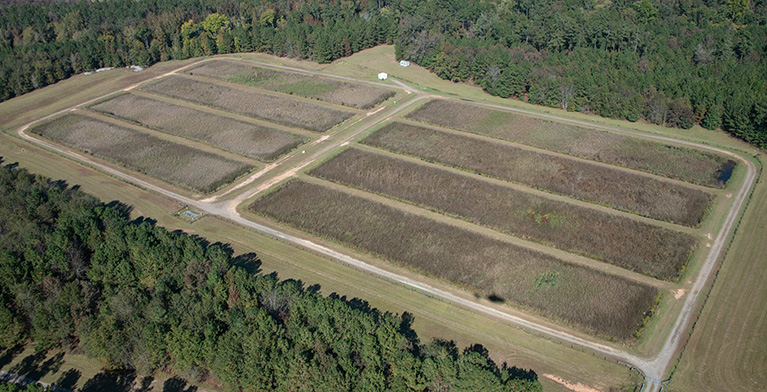
SRNL supports the treatment and remediation of contaminated groundwater and soil.
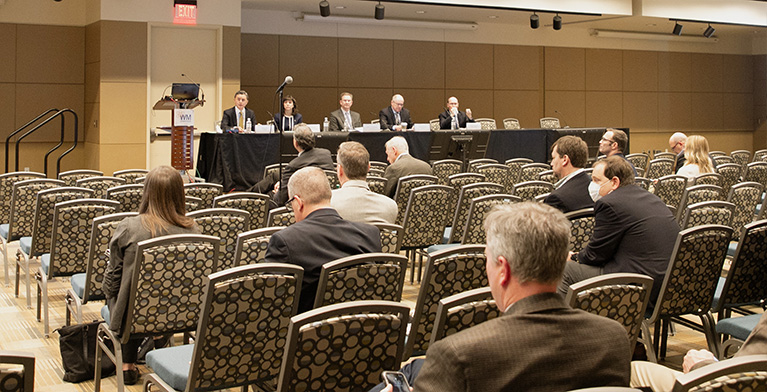
SRNL leads in the management of the Network of National Laboratories for Environmental Management and Stewardship (NNLEMS).
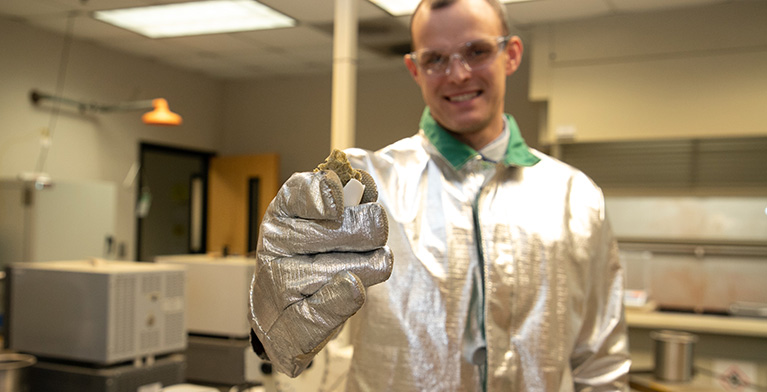
SRNL designs, develops and tests processes, flow sheets, and equipment to support processing and disposition of radioactive tank waste.
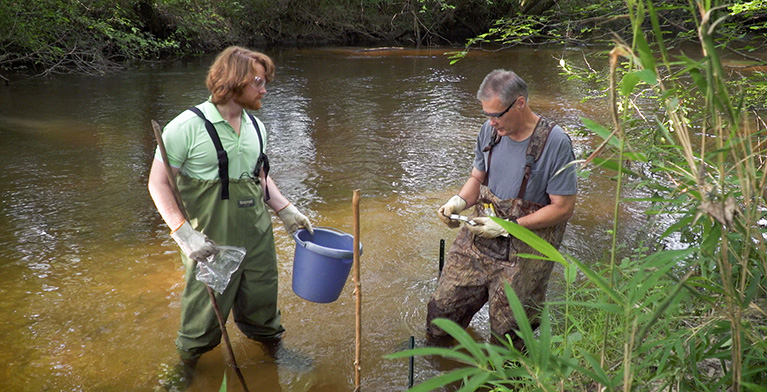
The Institutional Biosafety Committee (IBC) of the Savannah River National Laboratory (SRNL) provides guidance for and oversight of work with potentially biohazardous organisms in order to protect the health and safety of workers, the public, and the environment.